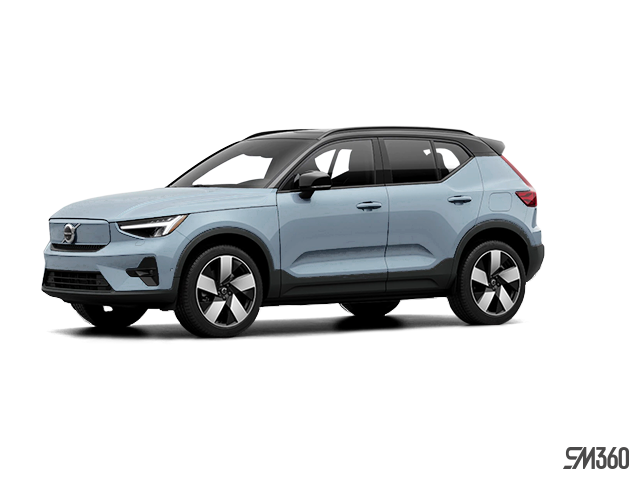
Photo for illustrative purposes only.
Find out moreVolvo Cars Mississauga
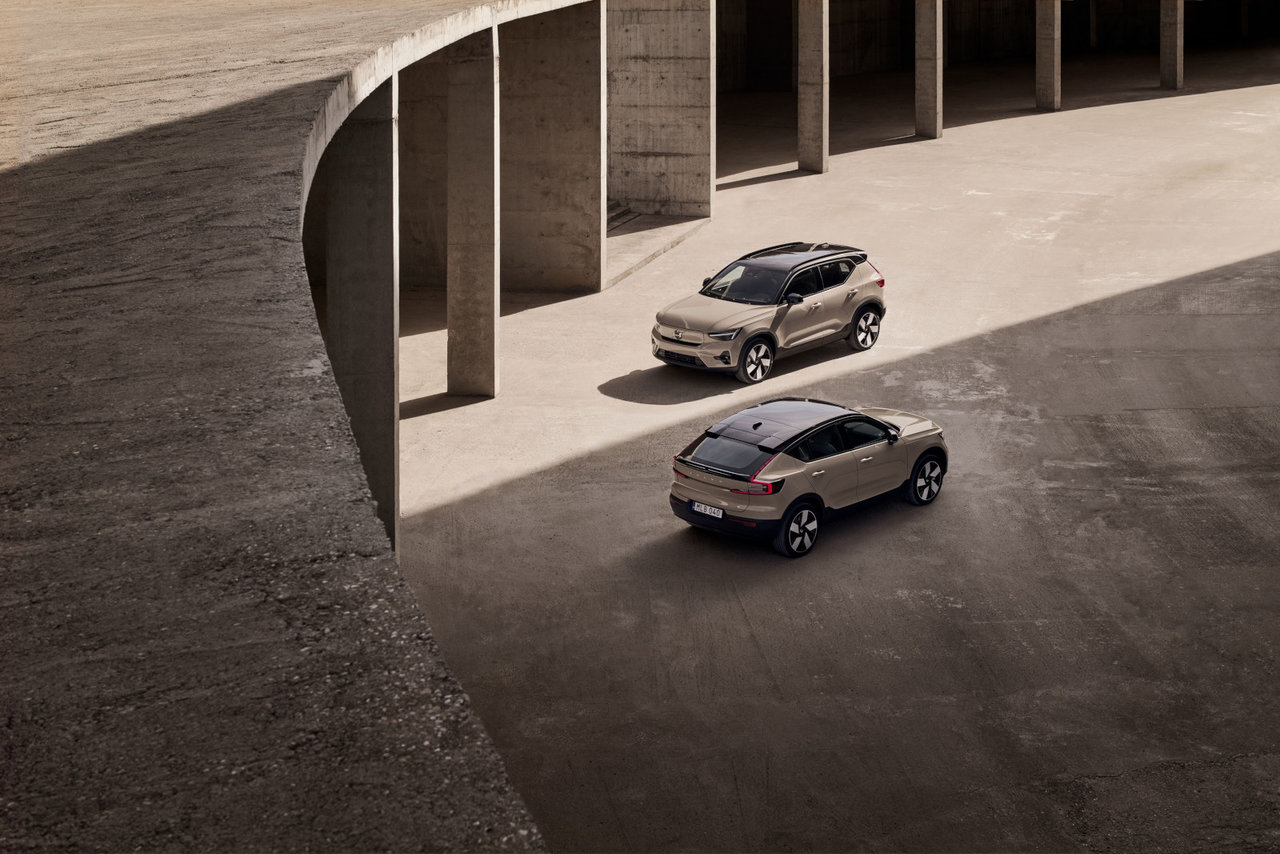
Electric vehicles are revolutionizing the automotive landscape, and Volvo's lineup offers sophisticated powertrain options to match different Canadian driving needs. The choice between Single Motor and Twin Motor configurations can seem complex at first, but understanding how each system performs in real-world conditions will guide you toward the right decision for your lifestyle.
From the compact EX30 to the flagship EX90, Volvo's electric vehicle lineup presents clear distinctions between Single Motor rear-wheel drive and Twin Motor all-wheel drive systems. Each configuration brings specific advantages that align with different driving priorities, whether you're navigating Toronto's urban grid or heading north to cottage country during Ontario's challenging winter months.
Understanding the Technical Foundation
Single Motor configurations in Volvo EVs utilize a rear-mounted electric motor that delivers power exclusively to the rear wheels. The EX30 Single Motor Extended Range produces 268 hp and 253 lb-ft of torque, while larger models like the EX40 generate 248 hp and 310 lb-ft. This setup provides efficient power delivery with fewer components, resulting in reduced weight and enhanced energy efficiency.
Twin Motor systems add a front electric motor to create all-wheel drive capability. The EX30 Twin Motor Performance combines a 154 hp front motor with a 268 hp rear motor for a total output of 422 hp. Similarly, the EX40 Twin Motor produces 402 hp through its dual-motor arrangement. This configuration enables instant torque vectoring between front and rear wheels, providing superior traction control in challenging conditions.
Key Specifications Comparison:
|
Model |
Single Motor Power |
Twin Motor Power |
Single Motor Range |
Twin Motor Range |
|---|---|---|---|---|
|
EX30 |
268 hp |
422 hp |
414-420 km |
402 km |
|
EX40 |
248 hp |
402 hp |
476 km |
418 km |
|
EX90 |
— |
402-510 hp |
— |
476-499 km |
Range and Efficiency Considerations
Single Motor configurations excel in maximizing driving range through reduced energy consumption. The EX40 Single Motor achieves an impressive 476 kilometres of range, making it ideal for longer commutes or road trips without frequent charging stops. This efficiency advantage stems from powering only two wheels and carrying less overall weight.
Twin Motor systems trade some range for enhanced capability. The EX40 Twin Motor delivers 418 kilometres of range—still substantial for most Canadian driving needs. The slight reduction occurs because all-wheel drive systems require more energy to power both axles simultaneously, particularly during acceleration and hill climbing.
For daily driving in the Greater Toronto Area, both configurations provide ample range for typical commuting patterns. The difference becomes more significant for drivers who regularly travel longer distances or prefer maximum efficiency for their daily routine.
All-Weather Performance in Canadian Conditions

Canada's diverse climate conditions make all-wheel drive capability particularly valuable. Twin Motor systems provide superior traction on snow-covered highways, icy parking lots, and wet autumn roads. The instant torque distribution between front and rear wheels helps maintain control when Single Motor vehicles might struggle for grip.
Single Motor rear-wheel drive systems perform adequately in light winter conditions, especially with proper winter tires. However, steep hills, deep snow, or icy surfaces can challenge rear-wheel drive traction. The weight distribution in electric vehicles—with heavy battery packs low in the chassis—helps improve winter handling compared to traditional rear-drive vehicles.
Twin Motor systems shine during cottage trips to Muskoka or ski weekends in Blue Mountain. The confident handling in snow and mud provides peace of mind for drivers who regularly encounter challenging road conditions.
Performance and Driving Dynamics
Twin Motor configurations deliver substantially more power and acceleration. The EX30 Twin Motor Performance reaches 100 km/h in just 3.6 seconds—sports car territory that makes highway merging and passing effortless. This performance advantage extends beyond straight-line acceleration to include better climbing ability on hills and stronger towing capability where applicable.
Single Motor systems offer smooth, refined acceleration that suits urban and suburban driving perfectly. The EX30 Single Motor reaches 100 km/h in 5.3 seconds—quick enough for spirited driving while maintaining excellent efficiency. The rear-wheel drive layout provides a more traditional driving feel that many enthusiasts prefer.
Both configurations benefit from electric motors' instant torque delivery, eliminating the lag associated with gasoline engines. The driving experience remains smooth and responsive regardless of which system you choose.
Cost and Value Analysis
Single Motor variants typically carry lower purchase prices and reduced charging costs due to their superior efficiency. The reduced complexity also means fewer components that could require service over time, though electric vehicles generally require minimal maintenance regardless of configuration.
Twin Motor systems command premium pricing but deliver additional capability that justifies the cost for many Canadian drivers. The all-wheel drive confidence in winter conditions, enhanced performance, and improved resale value can offset the higher initial investment.
Making Your Decision
Choose Single Motor if you prioritize maximum range, lower purchase price, and primarily drive in urban or suburban environments with occasional highway travel. This configuration suits drivers who rarely encounter severe weather conditions or challenging terrain.
Select Twin Motor if you value all-weather confidence, maximum performance, or frequently drive in rural areas, cottage country, or mountainous regions. The extra capability proves worthwhile for drivers who want one vehicle that handles everything from daily commuting to weekend adventures.
Both configurations represent excellent choices that deliver Volvo's commitment to safety, quality, and environmental responsibility. Your personal driving patterns, budget considerations, and performance preferences will guide you toward the ideal powertrain for your needs.
Visit Volvo Cars Mississauga to experience both Single Motor and Twin Motor configurations firsthand. Our team can help you evaluate how each system aligns with your specific driving requirements and arrange test drives that showcase the differences in real-world conditions.

Photo for illustrative purposes only.
Find out more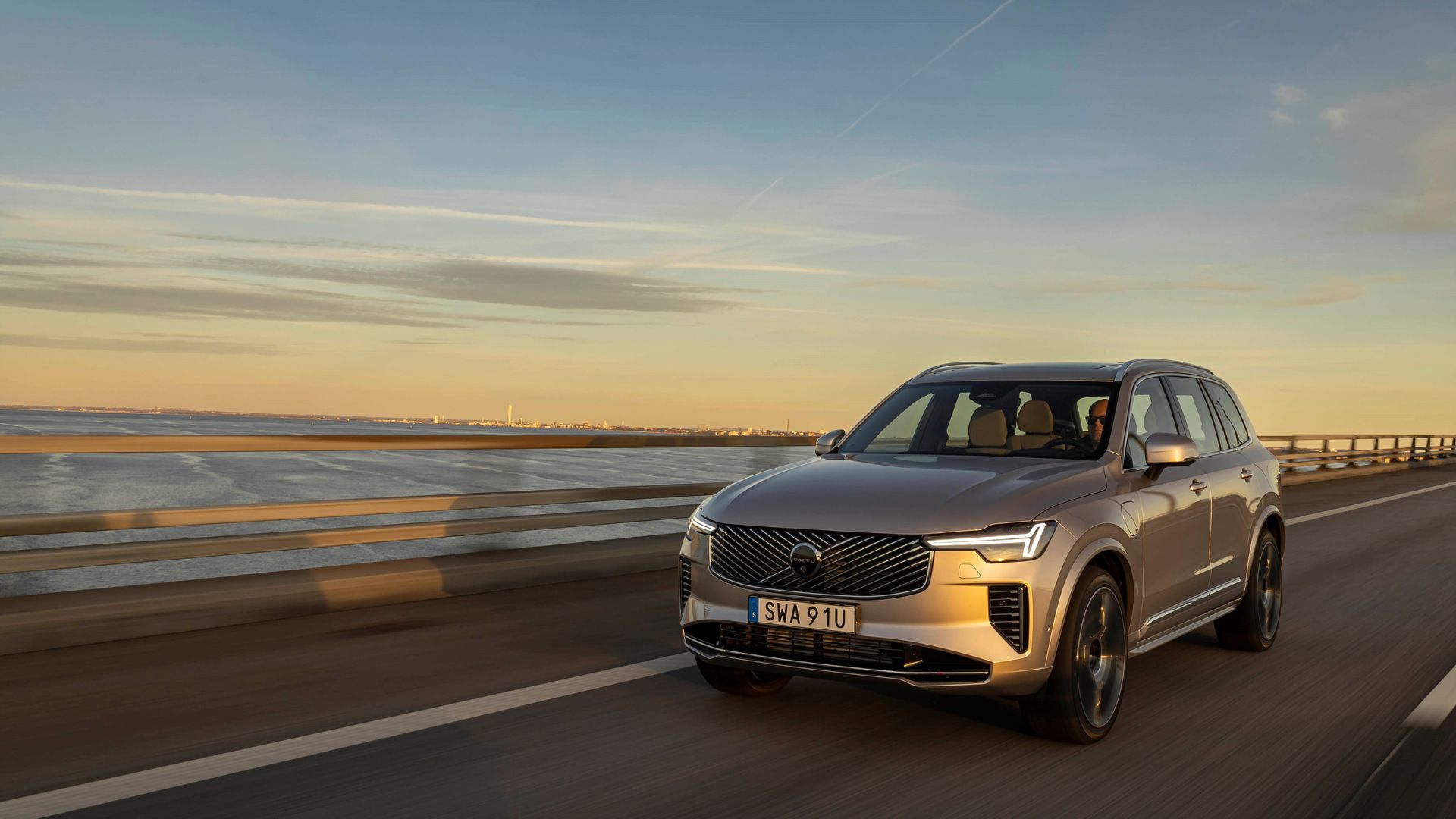
What Mississauga Drivers Should Know Before Buying a Plug-In Hybrid
Plug-in hybrid vehicles occupy a unique space in today's automotive landscape. They provide electric driving for your daily commute while...
Read more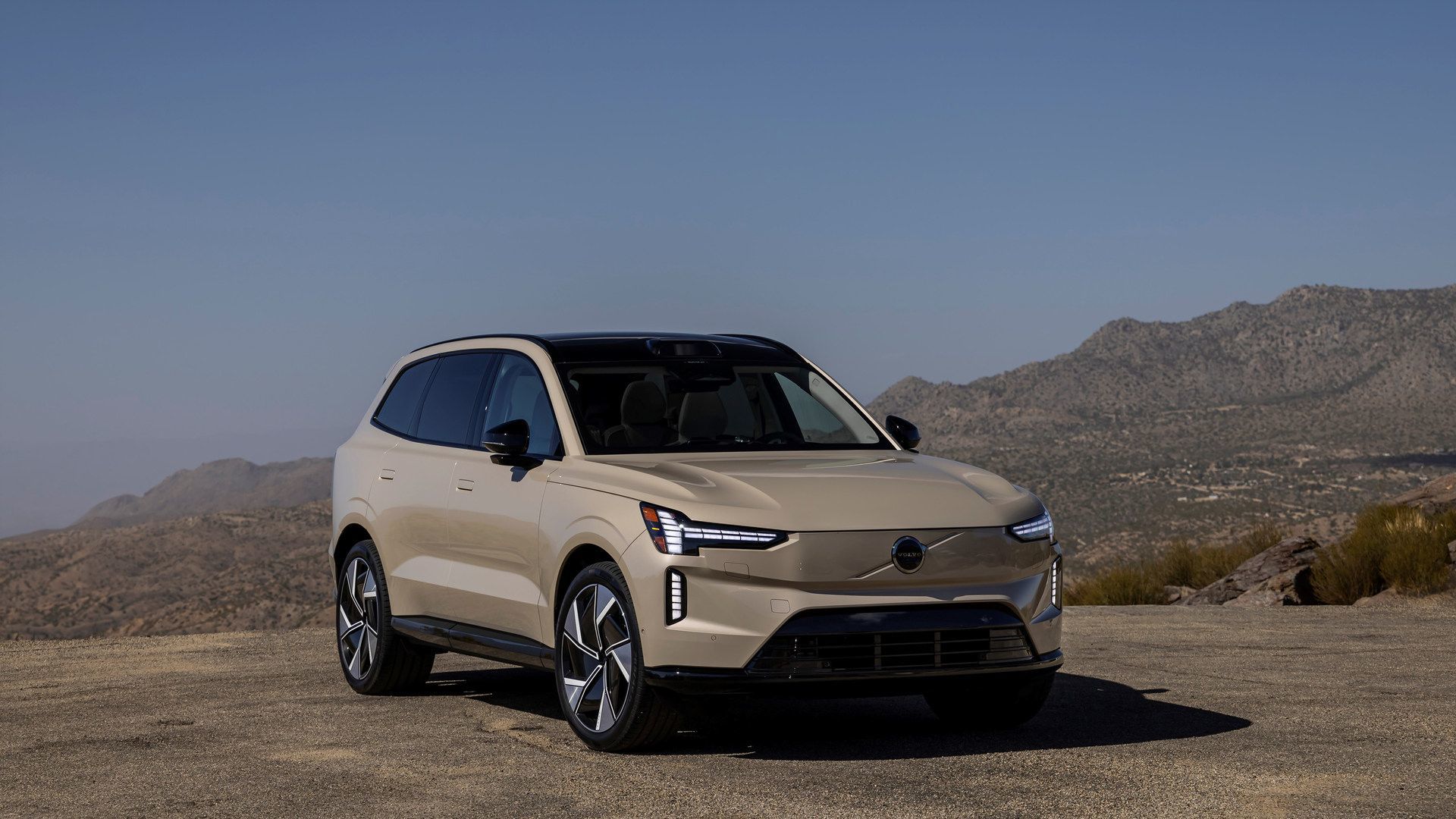
2025 Volvo EX90: Understanding Trim Levels and Features
Volvo's flagship electric SUV arrives with two distinct trim configurations. The 2025 EX90 Twin Motor Plus establishes the baseline equipment...
Read more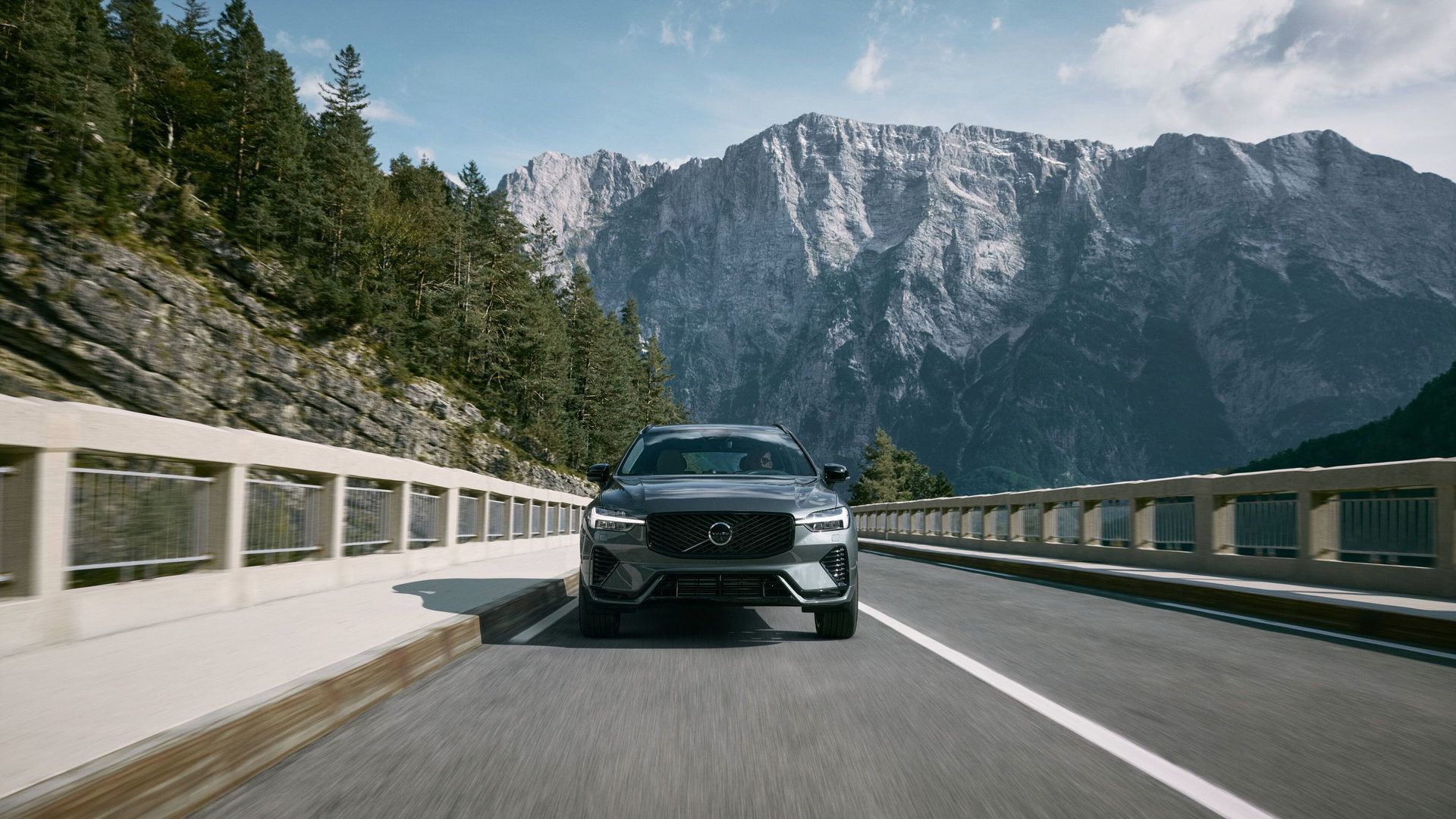
5 Safety Features That Make 2026 Volvo SUVs Stand Out in Ontario
Safety has been Volvo's calling card since the company invented the three-point seatbelt in 1959 and made the patent freely available to the entire...
Read more